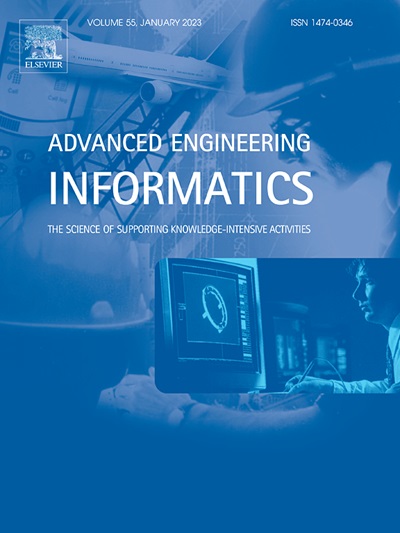Feature knowledge distillation-based model lightweight for prohibited item detection in X-ray security inspection images
IF 8
1区 工程技术
Q1 COMPUTER SCIENCE, ARTIFICIAL INTELLIGENCE
引用次数: 0
Abstract
The detection of prohibited items is an extremely time-sensitive task, yet the complex convolutional neural network (CNN) model has a slow inference speed, which is not conducive to deployment and application in actual security inspection scenarios. Knowledge distillation is a key technology for improving the performance of lightweight models. However, most knowledge distillation methods do not perform differentiated distillation of the foreground and background. In addition, the structural misalignment in heterogeneous networks hinders the effective transfer of knowledge. These factors limit the generalization of knowledge distillation in X-ray image analysis. To solve these problems, we propose a method based on feature knowledge distillation, called XFKD, which aims to improve the detection performance of lightweight models for prohibited items in X-ray images. Specifically, XFKD consists of Local Distillation (LD) and Global Distillation (GD). LD uses mask attention to guide the student network to focus on key knowledge, enhancing its learning capacity. GD learns and reconstructs the relationships between global features from the teacher network, and then transfers to the student network. Furthermore, to weaken the impact of structural differences of heterogeneous networks on knowledge transfer, the features obtained by the teacher network are used as supervised “input” with prior knowledge, not just “target” is transferred to the student network to improve imitation ability. To verify the effectiveness and generalization of XFKD, experiments were carried out on two X-ray security inspection image datasets (SIXray, OPIXray) and COCO datasets. The results show that XFKD performs well in knowledge distillations of various homogeneous and heterogeneous networks, RetinaNet (ResNet101-ResNet50) and YOLOv4 (CSPDarkNet53-MobileNetV3) with XFKD strategy achieve 81. 25% mAP and 76. 32% mAP in the SIXray dataset, which is 7.1% and 1.89% higher than the baseline, respectively. XFKD can improve the detection performance of lightweight models. Our code is available at https://github.com/RY-97/XFKD.
求助全文
约1分钟内获得全文
求助全文
来源期刊

Advanced Engineering Informatics
工程技术-工程:综合
CiteScore
12.40
自引率
18.20%
发文量
292
审稿时长
45 days
期刊介绍:
Advanced Engineering Informatics is an international Journal that solicits research papers with an emphasis on 'knowledge' and 'engineering applications'. The Journal seeks original papers that report progress in applying methods of engineering informatics. These papers should have engineering relevance and help provide a scientific base for more reliable, spontaneous, and creative engineering decision-making. Additionally, papers should demonstrate the science of supporting knowledge-intensive engineering tasks and validate the generality, power, and scalability of new methods through rigorous evaluation, preferably both qualitatively and quantitatively. Abstracting and indexing for Advanced Engineering Informatics include Science Citation Index Expanded, Scopus and INSPEC.
 求助内容:
求助内容: 应助结果提醒方式:
应助结果提醒方式:


